What Breeds Are Best for People With Pet Allergies?
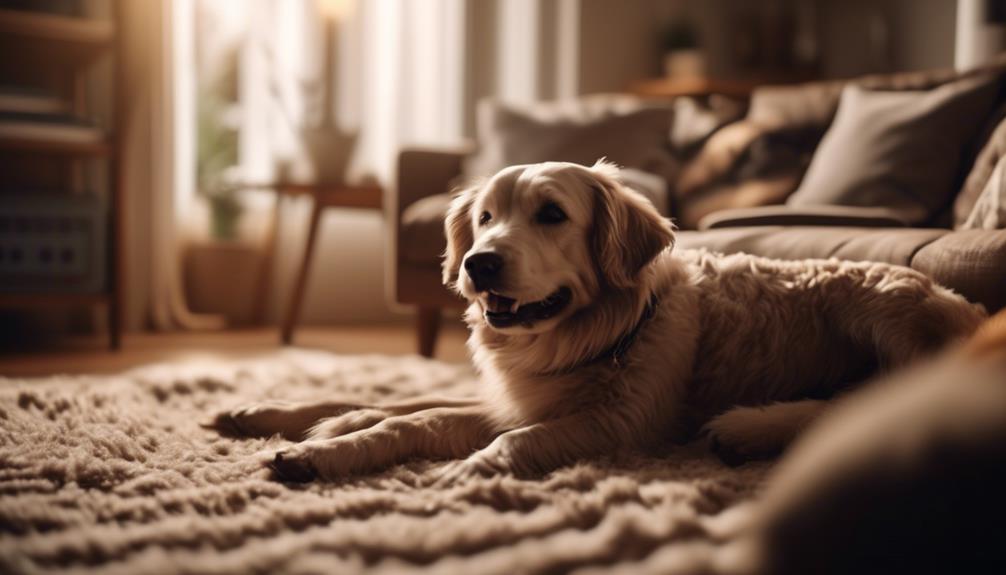
Hypoallergenic breeds are dogs or cats that are less likely to trigger allergic reactions in individuals with pet allergies.
Some of the best hypoallergenic options for people with pet allergies include breeds such as poodles, bichon frises, and sphynx cats.
Key Takeaways
- Hypoallergenic breeds are less likely to trigger allergic reactions in individuals with pet allergies.
- Grooming requirements, activity level, temperament, and health concerns are important factors to consider when choosing a hypoallergenic breed.
- Bichon Frise, Maltese, American Hairless Terrier, and Coton de Tulear are some of the best small hypoallergenic breeds.
- Siberian Cats, Balinese Cats, and Sphynx Cats are some of the best hypoallergenic cat breeds.
Understanding Pet Allergies
Understanding pet allergies is essential for individuals who may be experiencing symptoms such as allergic rhinitis or itchy eyes when exposed to pet hair or dander. Allergies occur when a person's immune system overreacts to certain substances, known as allergens. In the case of pet allergies, the allergens can be found in the dander, saliva, or urine of animals. While some people may assume that pet hair is the main culprit, it's actually the proteins found in these allergens that trigger the immune response.
When it comes to choosing a pet for allergy sufferers, the concept of hypoallergenic breeds often comes up. However, it's important to note that no breed is completely hypoallergenic. Some dog breeds, such as poodles and bichon frises, are often considered more suitable for allergy sufferers because they've hair instead of fur. This means that they shed less dander, reducing the amount of allergens in the environment. Additionally, regular grooming can help to further minimize the dander and allergens that may be present on the dog's coat.
It's worth mentioning that individual reactions to pet dander can vary greatly. While some individuals may be able to tolerate certain breeds, others may still experience allergy symptoms. Therefore, it's crucial for allergy sufferers to spend time with a potential pet to determine if they've a reaction. Consulting with a healthcare professional or allergist can provide more personalized guidance on managing pet allergies.
Factors to Consider When Choosing a Hypoallergenic Breed

When considering a hypoallergenic breed, it is important to take into account several factors to ensure the best fit for individuals with allergies. These factors include grooming requirements, activity level and size, temperament and behavior traits, health concerns, and compatibility with allergy sufferers.
One of the key considerations when choosing a hypoallergenic breed is the grooming requirements. Some hypoallergenic dogs have a coat that requires regular grooming to minimize dander and allergens. Regular brushing and grooming can help reduce the amount of loose hair and dander in the environment, making it more suitable for people with dog allergies.
Another factor to consider is the activity level and size of the breed. It is important to choose a breed that aligns with your lifestyle and living space. Some hypoallergenic breeds may have higher energy levels and require regular exercise to stay happy and healthy.
Temperament and behavior traits should also be assessed when selecting a hypoallergenic breed. Different breeds have different temperaments, and it is important to choose a breed that is compatible with your family and any existing pets.
Additionally, it is crucial to research and understand any specific health concerns or genetic predispositions associated with the breed. This will help you make an informed decision and ensure the long-term health and well-being of your pet.
Lastly, seeking professional advice or consulting an allergist is recommended to determine the suitability of the breed for individuals with allergies. They can provide valuable insights and guidance based on your specific needs and allergies.
Consider the following table as a quick reference guide when choosing a hypoallergenic breed:
| Factors | Description |
|---|---|
| Grooming Requirements | Some hypoallergenic breeds may require regular grooming to minimize dander and allergens. |
| Activity Level and Size | Evaluate the breed's activity level and size to ensure it aligns with your lifestyle and living space. |
| Temperament and Behavior Traits | Assess the breed's temperament and behavior traits to ensure compatibility with your family and any existing pets. |
| Health Concerns | Research and understand any specific health concerns or genetic predispositions associated with the breed. |
| Compatibility with Allergy Sufferers | Seek professional advice or consult an allergist to determine the suitability of the breed for individuals with allergies. |
Best Small Hypoallergenic Breeds

Taking into account the factors discussed previously, it's important to consider the best small hypoallergenic breeds for individuals with pet allergies. These breeds have qualities that make them suitable for people with allergies, as they produce less dander and shed less hair.
One option is the Bichon Frise, a naturally gentle and playful breed that doesn't shed much. However, regular grooming is necessary to prevent mats in their hair.
Similarly, the Maltese is a gentle and happy breed with hair that continuously grows but doesn't shed much. They also require regular grooming to maintain their coat.
For individuals with mild allergies, the American Hairless Terrier may be a good fit. This lively and friendly breed produces little dander. However, regular bathing and nail trimming are necessary for their upkeep.
The Coton de Tulear is another hypoallergenic breed that rarely sheds and loves to play with children and other dogs. They require daily gentle brushing to prevent mats.
Other small hypoallergenic breeds include the Chinese Crested, which sheds little to no hair but requires regular teeth cleaning, and the Miniature Schnauzer, known for its low shedding coat.
Ultimately, choosing the right small hypoallergenic breed depends on an individual's specific allergies and preferences. Consulting with a veterinarian or allergy specialist can help in making the best decision.
Best Medium-sized Hypoallergenic Breeds
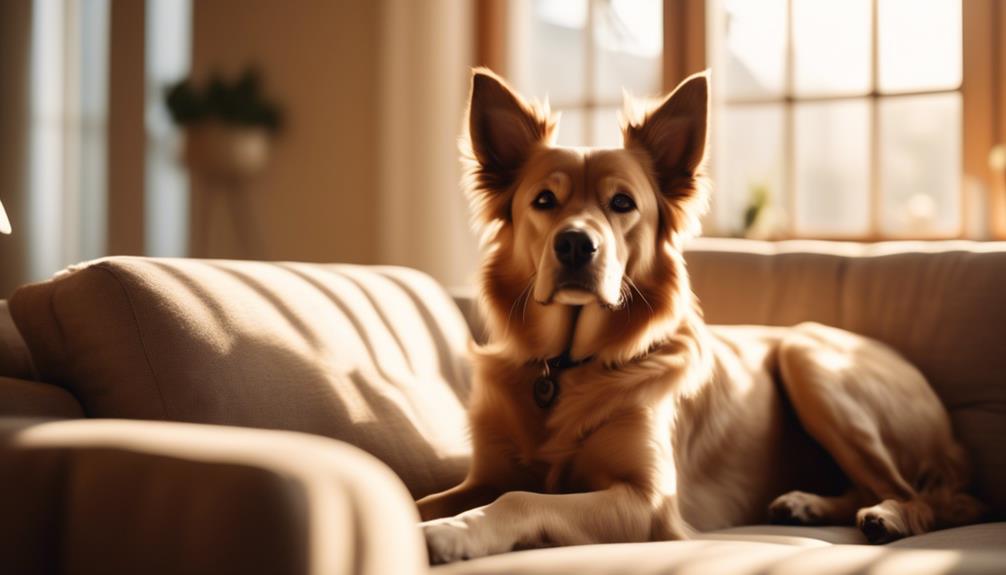
Medium-sized hypoallergenic breeds offer a suitable option for individuals with pet allergies, as they possess qualities that minimize allergens such as dander and shedding. Here are three of the best medium-sized hypoallergenic breeds:
- Afghan Hound: Known for their long, silky coat, Afghan Hounds are less likely to shed compared to other breeds. Their low-shedding coat helps reduce the amount of allergens present in the environment, making them a great choice for allergy sufferers.
- Bedlington Terrier: With their unique lamb-like appearance, Bedlington Terriers produce less dander, which is a common trigger for dog allergies. Their hypoallergenic coat requires regular grooming to maintain its texture, but their minimal shedding makes them an excellent choice for those with pet allergies.
- Bichon Frise: Bichon Frises have a continuously growing coat that doesn't shed much. This characteristic, along with their hypoallergenic qualities, makes them an ideal breed for individuals with dog allergies. Regular grooming is essential to prevent their coat from matting and to keep allergens at bay.
When considering medium-sized hypoallergenic breeds, it's important to take into account not only their coat and shedding tendencies but also their exercise needs and grooming requirements. Remember to consult with a veterinarian or a breed expert to ensure the best match for your lifestyle and allergies.
Best Large Hypoallergenic Breeds
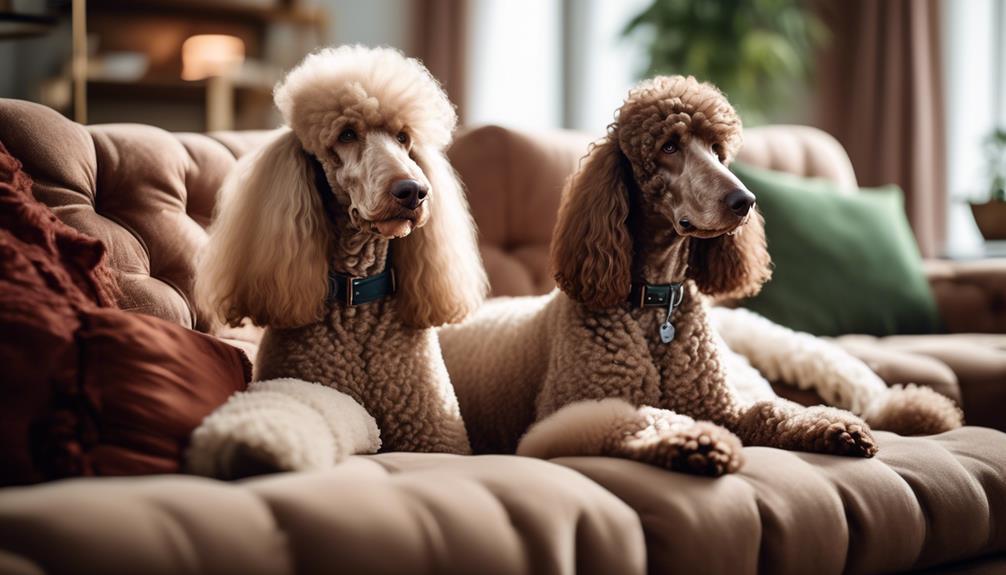
Large hypoallergenic breeds offer a suitable option for individuals with pet allergies, as they possess qualities that minimize allergens such as dander and shedding.
One such breed is the Soft-Coated Wheaten Terrier. These dogs have a single coat that doesn't shed excessively, making them a great choice for allergy sufferers. They require regular grooming to prevent matting and keep their coat in good condition.
Another large hypoallergenic breed is the Bedlington Terrier. With their lamb-like appearance and minimal shedding, Bedlington Terriers are a popular choice for those with allergies. They're known for their affectionate nature and love to snuggle with their owners.
The Giant Schnauzer is another breed that's considered hypoallergenic. They've a wiry coat that doesn't shed much, but they do require regular grooming to keep their coat healthy.
The Chinese Crested is a small to medium-sized hypoallergenic breed, but there's also a larger variety known as the Xoloitzcuintli. These dogs have little to no hair, which means they produce fewer allergens.
Other large hypoallergenic breeds include the Standard Schnauzer and the Lagotto Romagnolo. These breeds have coats that are low-shedding and require regular grooming.
Best Hypoallergenic Cat Breeds
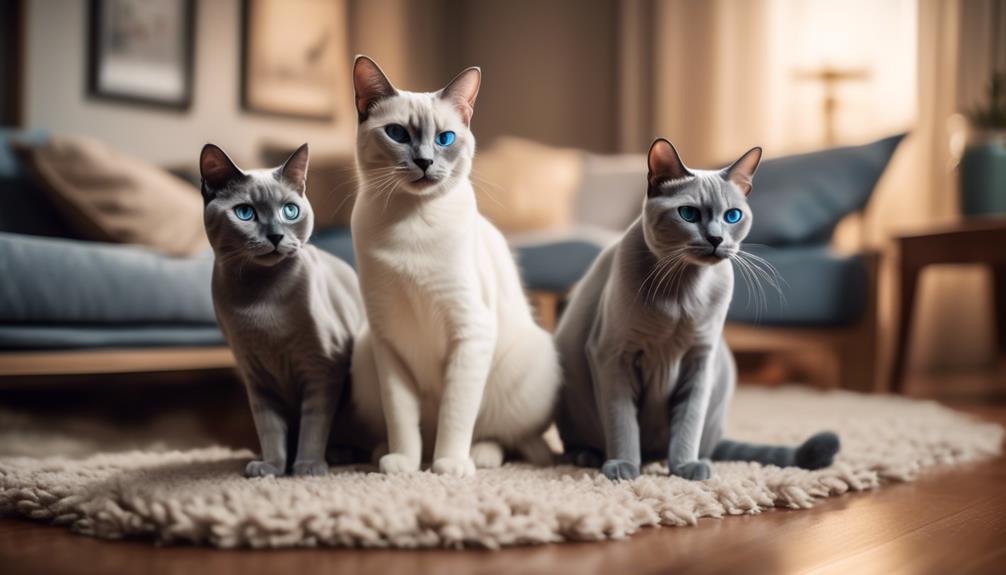
Hypoallergenic cat breeds offer a suitable option for individuals with pet allergies, as they possess qualities that minimize allergens such as dander and shedding. For those in search of a feline companion that won't trigger their allergies, here are some of the best hypoallergenic cat breeds to consider:
- Siberian Cats: This intelligent breed is known for producing lower levels of the Fel d1 protein, which is the main allergen found in cat saliva and dander. Their long, dense fur also helps to trap allergens, reducing the amount that's released into the environment.
- Balinese Cats: Despite their luxurious, semi-long hair, Balinese cats are surprisingly hypoallergenic. They produce less of the Fel d1 protein and have a tight, single coat that sheds minimally. Regular grooming can further reduce allergens.
- Sphynx Cats: This hairless breed is often recommended for individuals with severe allergies. Without fur to shed, Sphynx cats produce minimal dander and are less likely to trigger allergic reactions. However, it's important to note that their skin still produces oils, so regular bathing is necessary to keep them clean and reduce allergens.
When choosing a hypoallergenic cat breed, it's essential to spend time with the specific cat you're interested in to see how you react. While these breeds are generally considered to be hypoallergenic, individual reactions can vary.
Tips for Living With a Hypoallergenic Pet
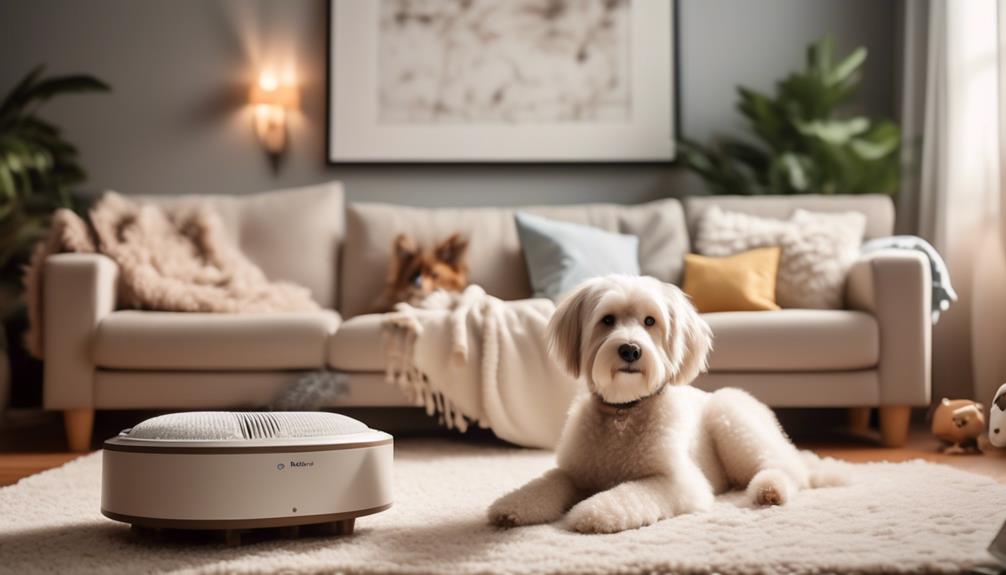
Living with a hypoallergenic pet can be a great option for individuals with allergies, as long as certain tips are followed. When considering a hypoallergenic dog, it's important to spend time with the dog before bringing them home to gauge your allergic reactions. This can be done by visiting a breeder, attending a local dog show, or even fostering an animal temporarily.
It's also advisable to start with hypoallergenic dog breeds that generally inspire lower levels of allergic reactions. Consulting an allergist about specialized testing can help determine the specific protein causing allergies, which can influence the choice of hypoallergenic dog breed.
To ensure a harmonious living environment, seeking professional advice from an allergist is crucial. They can provide guidance on suitable breeds for individuals with allergies and offer tips for managing pet allergies. It's important to note that even hypoallergenic dogs can still cause some allergic reactions, as no dog is completely hypoallergenic. However, these breeds are known to produce fewer allergens, making them a better option for people with pet allergies.
In addition to choosing the right breed, maintaining cleanliness in the home is essential. Regularly cleaning and vacuuming the house, washing pet bedding frequently, and keeping the dog well-groomed can help reduce allergens in the environment. It's also advisable to create designated pet-free areas, such as bedrooms, to minimize exposure to allergens.
Frequently Asked Questions
What Breed of Dog Is Best for Someone With Allergies?
Some dog breeds are better suited for people with allergies. Hypoallergenic breeds like Schnauzers, Maltese, Labradoodles, Bichon Frises, and Portuguese Water Dogs produce fewer allergens. Consulting an allergist and proper grooming can help manage allergies.
What Is the #1 Hypoallergenic Dog?
The #1 hypoallergenic dog is the Afghan Hound. It has a non-shedding coat that produces less dander, making it a great choice for people with pet allergies. However, it's important to note that no dog is completely hypoallergenic.
What Dog Breed Is Least Likely to Have Allergies?
The dog breed least likely to cause allergies is the Xoloitzcuintli. With their hairless or short coats and minimal grooming requirements, they produce less dander and are less likely to trigger allergic reactions in people.
What Are Options for People With Dog Allergies?
Options for people with dog allergies include considering alternative pets such as allergy-friendly cat breeds, small mammals, reptiles, and amphibians. They can also manage allergies by reducing pet dander, using allergy-safe bedding, and utilizing air purifiers.









